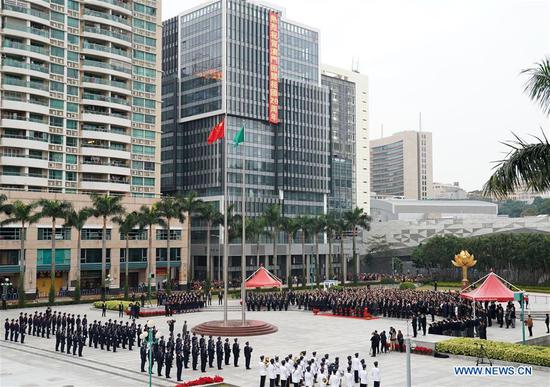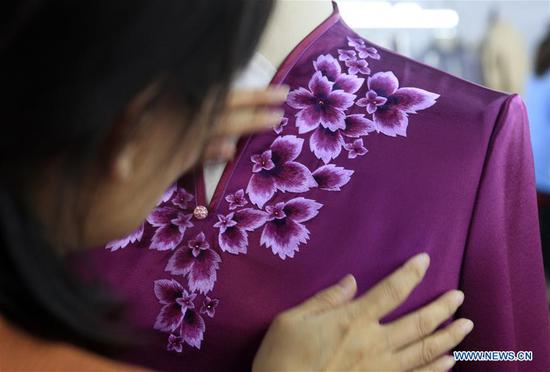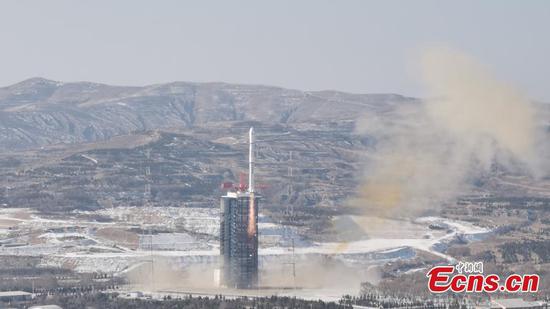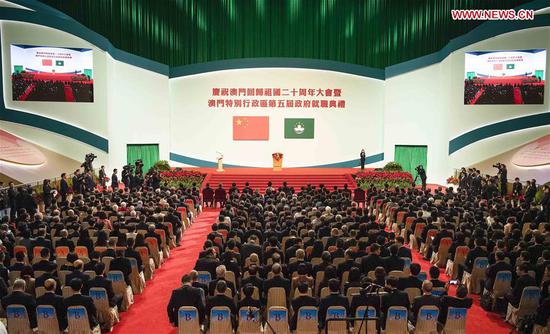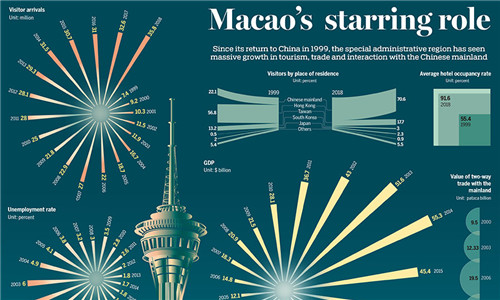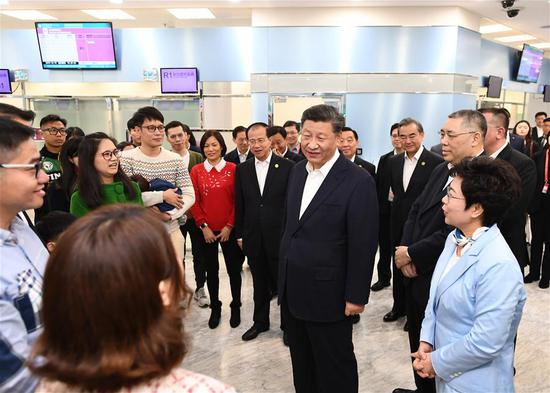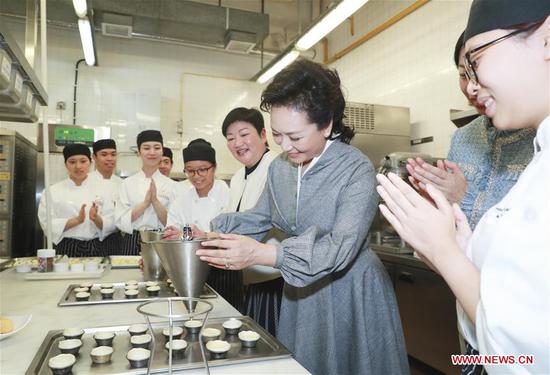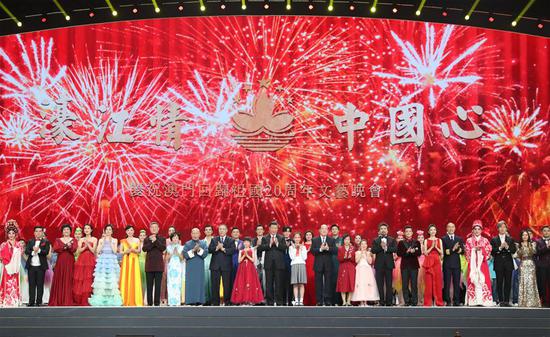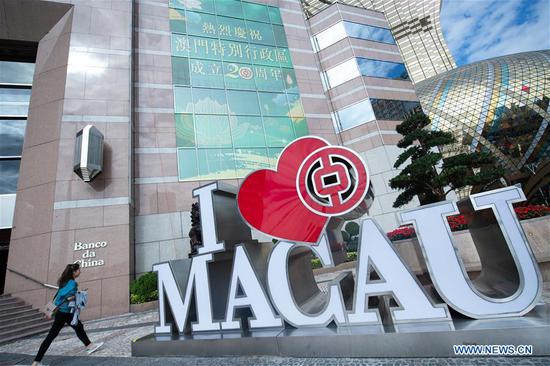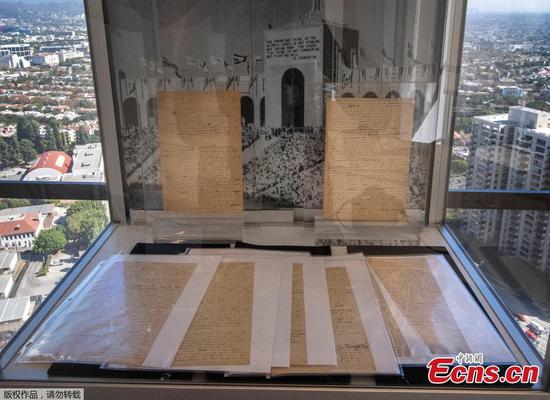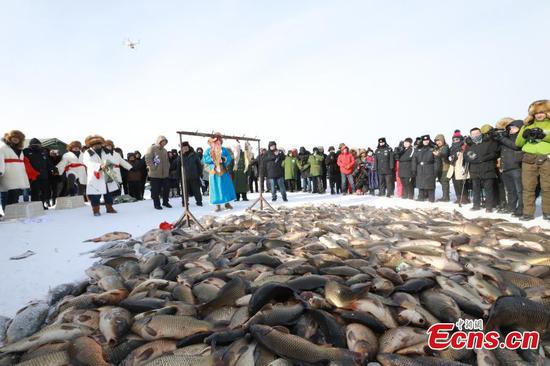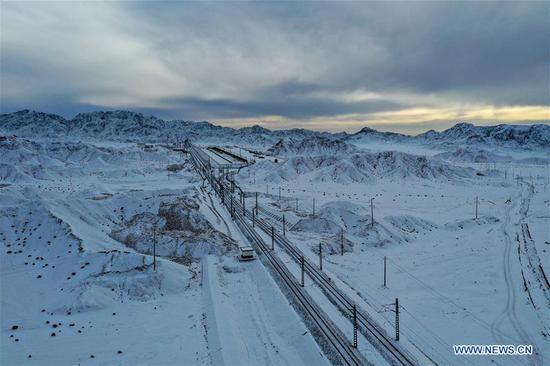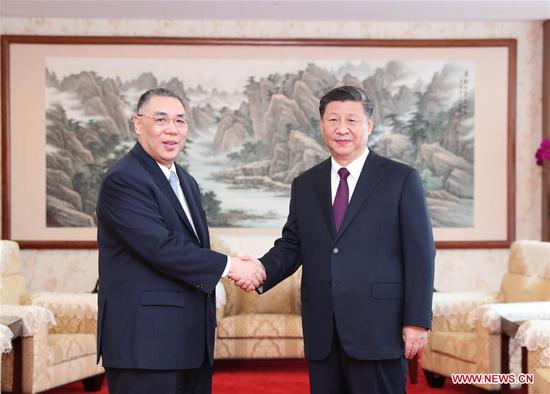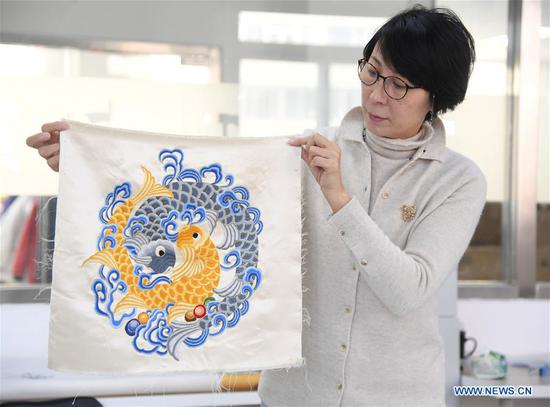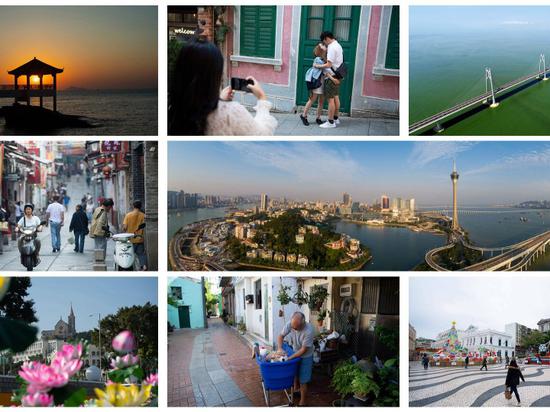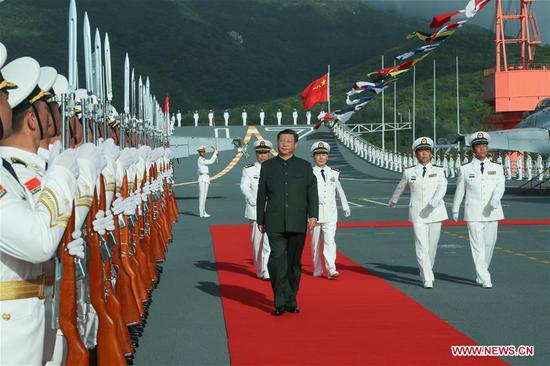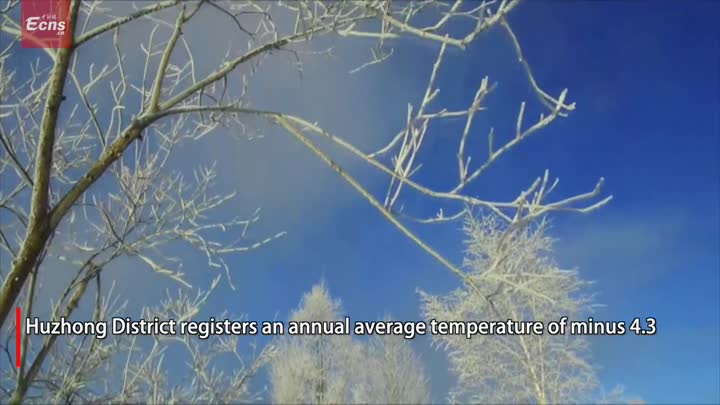
The booth of the People's Insurance Co of China during an industry expo in Beijing. (ZOU HONG/CHINA DAILY)
The People's Bank of China, the central bank, skipped an adjustment of the newly-launched lending rate, while injecting 150 billion yuan ($21 billion) into the financial system on Friday, to maintain sufficient liquidity and tame inflation expectations.
The one-year loan prime rate (LPR), a newly-launched interest rate for bank loans, stood at 4.15 percent, unchanged from the rate in November. The five-year LPR, which is a reference rate for newly-issued mortgage loans, was also unchanged from November's 4.80 percent, said the PBOC.
It was the fifth consecutive LPR fixing since it was introduced in August. Within five months, the one-year LPR has been reduced by 15 basis points, or 0.15 percentage point in total, when many of the world's major central banks cut the policy rates or restarted quantitative easing to spur economic growth.
On the same day, the PBOC injected a net amount of 150 billion yuan into the market through 14-day reverse repos at an interest rate of 2.65 percent. A reverse repo is a type of open market operation in which the central bank purchases securities from commercial banks through bidding, with an agreement to sell them back in the future.
Analysts said that the stable LPR was in line with market expectations. The US Federal Reserve's rate cuts in December have eased pressure on the PBOC to adopt a similar move.
Domestically, China still faces structural inflation pressure as indicated by the Consumer Price Index, mainly due to higher pork prices, they said. This month, the central bank's medium-term lending facility (MLF) rate, the price at which commercial banks borrow money from the PBOC and a base of the LPR, remained stable.
"The monetary policy will be more flexible for the next step, to implement the policy target of reducing social financing costs, as mentioned during the annual Central Economic Work Conference held last week," said Wen Bin, chief researcher of China Minsheng Bank.
Wen said a reserve requirement ratio (RRR) cut at the beginning of 2020 and the ample liquidity in commercial banks will lead to a lower LPR. With pork supplies set to be increased next year, inflation is likely to drop by the middle of next year, which will allow the policy rate to further decline.
Ming Ming, an analyst with CITIC Securities, expected possible cuts in interest rates and RRR during the first quarter of next year, as reducing financing costs is an important goal of the monetary policy, especially for the medium-to long-term loans in the manufacturing industry, which requires lower LPRs.









